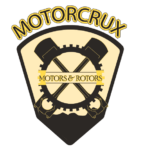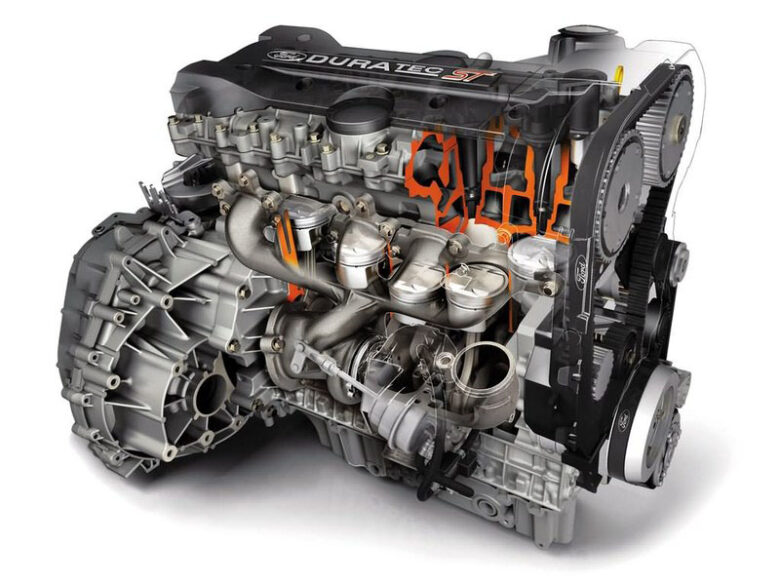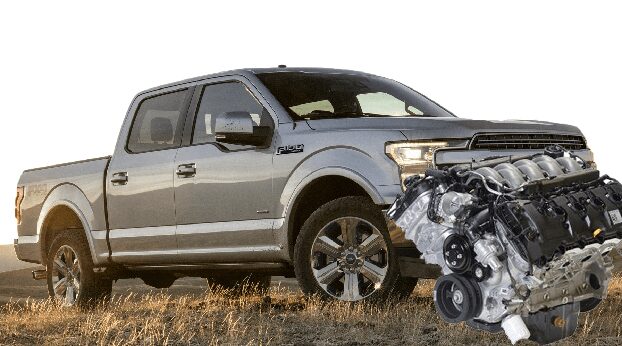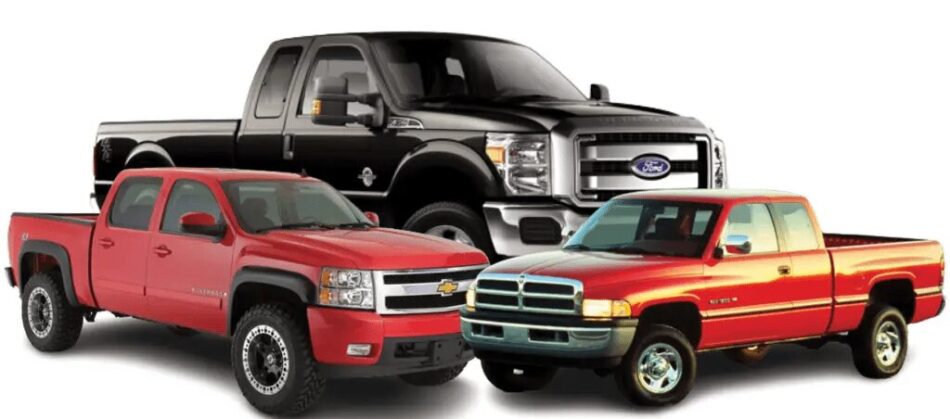Ford Diesel Engines To Avoid - Engines You're Better Off Without
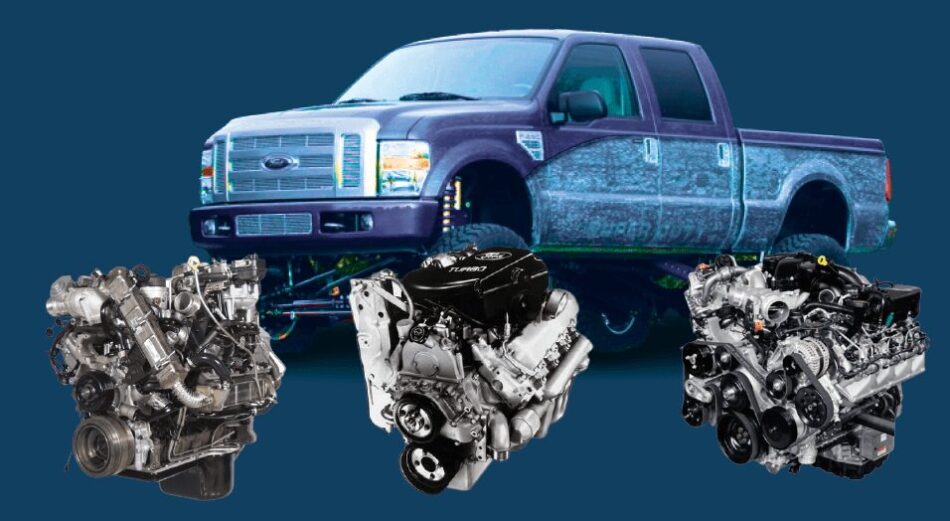
Our rundown of the Ford diesel engines to avoid is a guide to help you make a decision you won’t be sorry for.
Without a doubt, Ford has a rich automotive history, and its diesel engine portfolio provides something for everyone.
However, as we dig deeper, we discover that some engines have a reputation for being pickier than others. Instead of discouraging you, we want to enlighten you with data that will help you make better decisions and make the trip ahead simpler.
We’ll get into the technicalities of the engines and break down the most common concerns. Explain why these engines have received criticism and assist you in assessing whether they fulfill your demands.
Let us begin…
Ford Diesel Engines To Avoid - 6.0 PSD Powerstroke
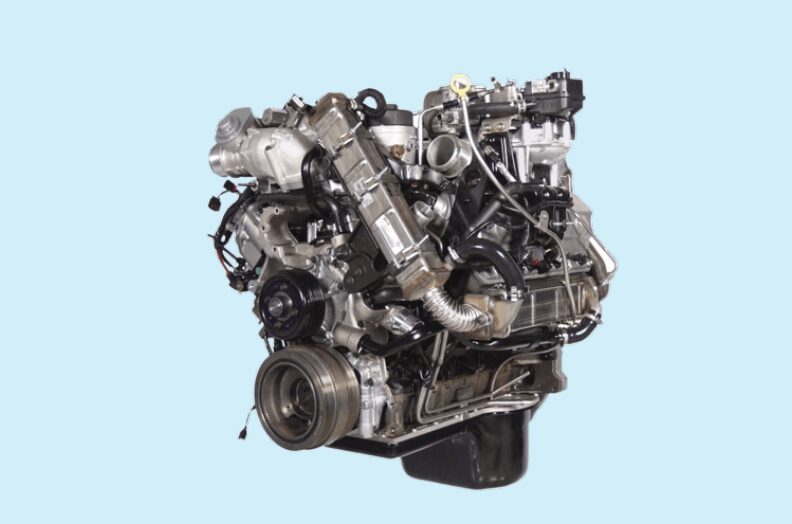
6.0 PSD Powerstroke Engine
The 6.0L Power Stroke made its grand entrance in Ford vehicles back in 2003. It was a successor to the legendary 7.3L Power Stroke engine.
It thus powered the Ford Super Duty trucks like the F-250 and F-350, plus the Excursion and E-Series vans.
They call it the “6.0 PSD” for short. This powerhouse promised better performance and efficiency, packing a turbocharged V8 engine with fancy technology. But beneath the excitement, there’s been a bit of a rollercoaster ride.
6.0 PSD Powerstroke Features
Let’s look at the features
- A 6.0-liter engine
- A turbocharger for that extra kick
- Direct fuel injection for better power and fuel economy
- A high-pressure oil system to get the fuel pumping
- EGR System to keep emissions in check
- Aluminum cylinder heads for less weight and better cooling
- A smart fuel injection system for precise power delivery
- An intercooler to keep things cool
- Power ranging from 325 to 365 horsepower and torque from 560 to 610 lb-ft.
- Mated with a TorqShift 5-speed automatic transmission
How Reliable is the 6.0 PSD Powerstroke?
Now, let’s talk about what keeps some folks up at night with this engine.
The EGR system can get clogged up, leading to weaker engine performance, hotter exhaust, and even coolant leaks.
The oil cooler could get clogged with gunk, causing oil flow problems and overheating.
Those head gaskets, are a bit sensitive. They can let you down with coolant leaks and a weird mix of coolant and oil.
Ever heard of “stiction”? It’s when the fuel injectors in the 6.0L Power Stroke act up, causing rough idling, bad gas mileage, and a drop in performance.
Turbos can be trouble too. They might give up on you because of bearing wear, a wonky shaft, or carbon buildup. That means less power, more smoke, and potential engine issues.
The fuel injection control module (FICM) can call it quits, causing injector misfires, weak fuel spray, and a not-so-happy engine.
That high-pressure oil system might decide to spring a leak. That’s bad news for injector performance, idling that’s all over the place, and a tough time starting.
Cooling system blues – clogged radiators and failing water pumps can mean overheating, a weaker engine, and even more serious damage.
Both the EGR cooler and oil cooler can fail, leading to overheating, coolant troubles, and a big engine mess.
Wiring and connectors in the engine can age poorly, causing electrical hiccups, sensors acting up, and an engine that’s just not itself.
Oh, and some of these engines can develop cracks in their heads or blocks, which means coolant leaks, losing power, and major engine issues.
Ford vehicles using the 6.0 PSD Powerstroke
The 6.0L Power Stroke mostly found its home in Ford Super Duty trucks in the mid-2000s. If you’re wondering which models had this engine:
- Ford F-250 Super Duty – the 6.0 was a popular choice for these trucks.
- Ford F-350 Super Duty: Similar to the F-250, the F-350 also got in on the action.
- Ford Excursion: A big SUV that some folks loved. You could find the 6.0L Power Stroke in certain versions for that extra oomph when towing.
- Ford E-Series Vans: Certain types of these vans had the 6.0L Power Stroke under the hood.
Ford Diesel Engines To Avoid - 6.4 PSD Powerstroke
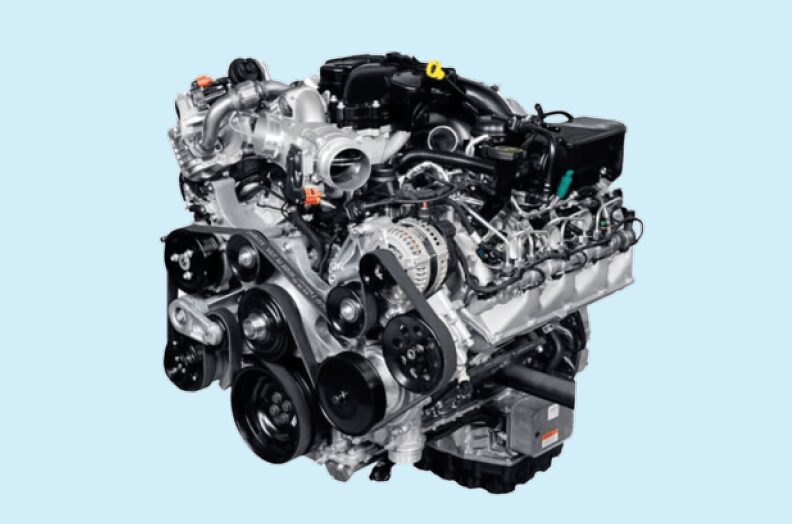
6.4 PSD Powerstroke Engine
The 6.4L Power Stroke Diesel was the successor to the 6.0L. Built to fix some of the past mistakes and bring more power and efficiency to the game.
The 6.4 PSD Powerstroke Diesel is all about innovation and precision. Thanks to its turbocharged design, it’s got the power and muscle needed for heavy-duty tasks.
What Makes the 6.4 PSD Engine Tick?
- Two turbochargers – yes, two! They work together to give you power when you need it most.
- A fancy fuel injection system that’s all about efficiency and cleaner emissions.
- A tough engine block that’s built to last, perfect for those heavy-duty jobs.
- A cooling system that keeps everything chill, even when things get tough.
Common 6.4 PSD Powerstroke Diesel problems
High-pressure fuel pump problems can be a headache. They happen when the fuel gets dirty and messes things up in the pump and injectors.
The EGR system can fail especially when carbon builds up and causes trouble. That means less power and more emissions.
Turbos can be a problem too, but there are ways to keep them happy. Just keep an eye on the exhaust temps, use an upgraded intercooler, and give them some TLC before and after driving.
Cooling system acting up? Leaks, clogs, and a thermostat that’s not cooperating can all lead to overheating and some serious engine issues.
Injectors are another failure point, leading to rough idling and poor fuel efficiency. Luckily, some fuel additives and regular cleaning can keep them in check.
The 6.4L Power stroke diesel was meant to address the 6.0 issues but it was a downgrade quite honestly.
Ford Diesel Engines To Avoid - 7.3 IDI
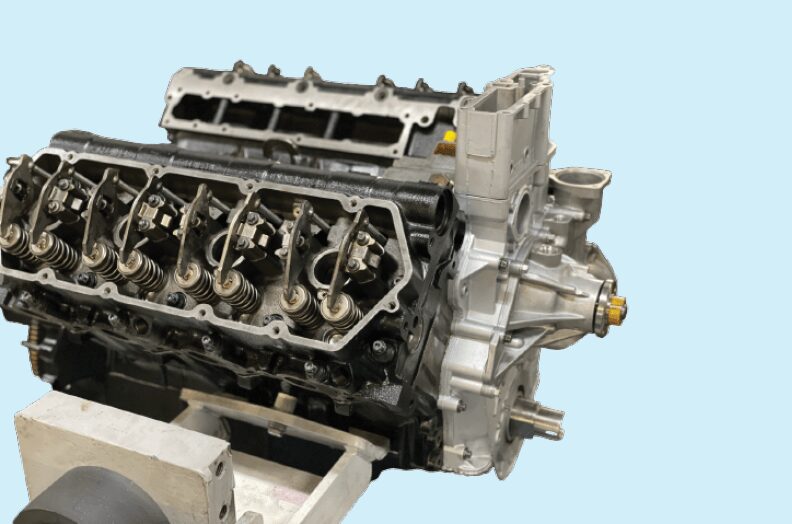
7.3 IDI Engine
Let’s take a journey back to the 1980s, a time when diesel technology was on the rise. This is the era that witnessed the introduction of the iconic Ford 7.3 IDI engine.
The Ford 7.3 IDI (Indirect Injection) engine holds a special place in the hearts of diesel enthusiasts, and for good reason. It’s considered one of the most enduring and celebrated engines in the history of the automotive world.
The 7.3 IDI engine is something of a legend, a diesel gem that diesel fans hold dear. It’s known for its simplicity, however reliability is a mixed bag of emotions.
Back in the day, diesel engines were the go-to for heavy-duty work, and the 7.3 IDI was right there in the mix.
But wait, there’s more! Ford added a turbocharger to the 7.3 IDI, bringing even more power and muscle to the table. It became a favorite for heavy-duty trucks and work vehicles.
What’s Inside the 7.3 IDI?
- A special indirect injection system that keeps things quiet and clean.
- Decent power – around 180 to 210 horsepower – and loads of torque. Perfect for hauling and towing.
- Eco-friendly? Yup, it can handle alternative fuels like biodiesel without breaking a sweat.
Common problems in the 7.3 IDI
Those glow plugs are important, especially in the cold. If they’re not working, starting the engine can be a struggle in chilly weather.
Hard starts? That could point to glow plug problems, fuel delivery issues, or even a grumpy battery.
Fuel leaks can happen due to worn-out seals, gaskets, or rusty fuel lines.
Leaks aren’t exclusive to oil. Older engines can spring leaks from places like valve covers, oil pan gaskets, and crankshaft seals.
Injector acting up? You might notice rough idling, worse fuel efficiency, and more smoke.
Wrapping up
So, that’s the scoop on Ford diesel engines to avoid, the troubles they might bring, and how you can tackle them. Remember, when it comes to engines, a little knowledge goes a long way!
More on Ford engines ..
